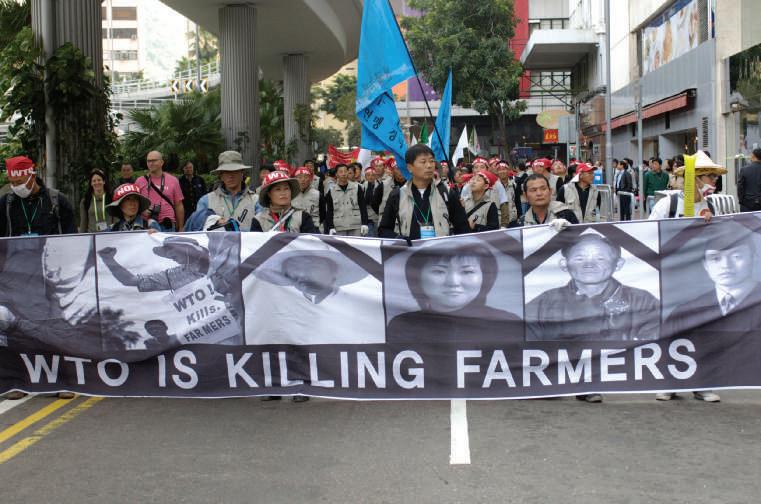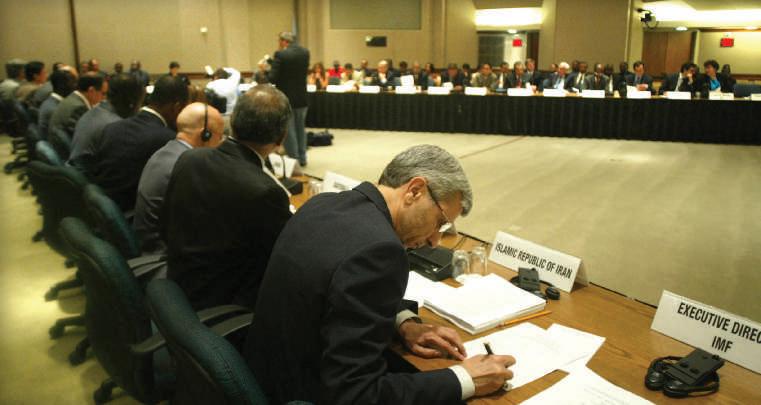220
C h a p t e r 9 C o n t r ol o f G lo b al B u si n ess
Introduction While the above vignette regarding Girl Scout cookies may be in many ways somewhat simple in nature, it actually touches on a number of important aspects regarding the “control of global business.” As we will discuss further below, global corporations in their strategy formulation often need to define their commitments to corporate shareholders vis-a-vis stakeholders, such as community groups like the Girl Scouts. Is the company’s critical role making profits for shareholders, or does it have other arguably equally important duties toward its employees, customers, and other stakeholders, as well as to the community at large? Moreover, while “success” in terms of dollar profits may be relatively easy to manage and control, how is success measured in other areas, such as corporate social responsibility? How is the value to Walmart customers of being able to buy inexpensive ($2.38 per box versus $3 to $4 per box) delicious cookies to be measured against the potential harm to the Girl Scout organization due to lost revenues? What does the sale of inexpensive “knockoff ” Girl Scout cookies say about Walmart’s organizational culture? Finally, and of some consequence, it is important to note that when Walmart began selling these cookies in the United States it made a strategic decision not to sell them in its stores in Canada. Formulating different strategic approaches and control mechanisms for different countries where they operate in the world is an important challenge facing successful global businesses. LO-1 Discuss the importance of mission statements and the difference between shareholder and stakeholder orientations in such statements and in general corporate strategy formulation.
9-1 Strategy Formulation In formulating strategy, global businesses formulate their overall goals. Often this is done initially in a corporate mission statement. One major strategic goal formulation is whether to adopt an overall shareholder or stakeholder orientation. Shareholders are the owners of the given business/corporation. Stakeholders are individuals or groups that have a vested interest or “stake” in the business/corporation even though they are not owners of it. Typical stakeholders include the company’s employees, customers, and the general communities where it operates.
9-1a Mission Statement
mission statement
a written statement of why a company exists and what it plans to accomplish
Most global businesses have a concept of their general purpose that they express in a m ission statement, which is a written statement of why the company exists and what it strives to accomplish. Mission statements provide general guidelines for the given company’s strategy formulation and decision making. For example, is the company focused very highly on making profits for shareholders or perhaps on achieving other goals, such as corporate social responsibility? Does the company wish to remain independent or perhaps be acquired by another company? How international or global does the company intend to be? What emphasis does the company put on product quality versus having the lowest possible prices? As an example, Walmart Corporation’s mission statement states that “[i]n everything we do, we’re driven by a common mission: saving people money so they can live better.”2 Viewed in this context, its decision to sell “knockoff ” Girl Scout cookies at $2.38 a box makes a lot of sense. By selling such cookies at this price, Walmart enables its customers to “live better” by having the opportunity to buy these high-quality cookies for roughly a dollar a box less than they usually pay the Girl Scouts for them. Similarly, Walmart’s website “walmart.com” recently announced a price war on the sale of selected best-selling hardcover books—it will be selling them for only $8.99 each! This is less than one-half the price of books by famous authors like Stephen King and Barbara Kingsolver at traditional bookstores like Barnes and Noble. Walmart executives commented that the company wishes to establish “price leadership” in this area.3
Copyright 2017 Cengage Learning. All Rights Reserved. May not be copied, scanned, or duplicated, in whole or in part. Due to electronic rights, some third party content may be suppressed from the eBook and/or eChapter(s). Editorial review has deemed that any suppressed content does not materially affect the overall learning experience. Cengage Learning reserves the right to remove additional content at any time if subsequent rights restrictions require it.







































